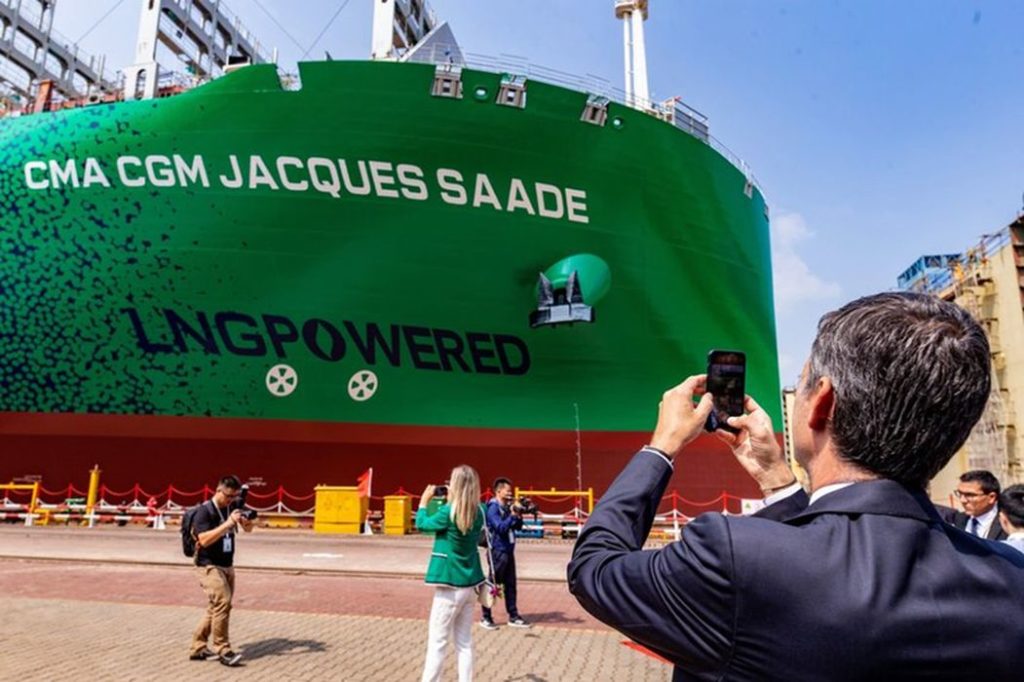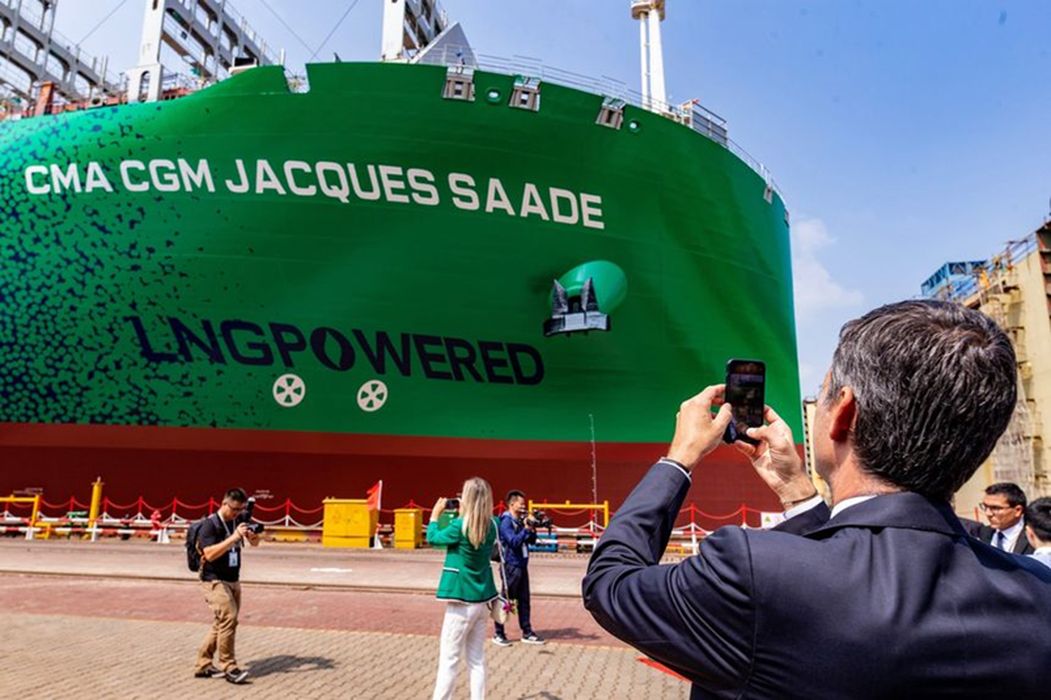
Charles R. Goulding and Joseph Castine examine how advanced 3D printed compressors could change shipping.
Burckhardt Compression is a global leader in compressors servicing several industries including the marine, refinery, and industrial gas industries. Founded in 1844, the company has over 175 years of experience in compressor development. Recently the company has worked on the development of a new type of compressor which services ocean-faring shipping vessels that utilize LNG (Liquefied Natural Gas). Their Laby Compressor 2K70 in particular has leveraged their experience in the compressor industry and new emerging 3D printing technology to facilitate LNG-powered ocean vessels. With the emergence of LNG in shipping vessels, this technology could prove extremely useful.
In past years, the prevalence of LNG has increased in ocean-faring shipping due to the global pressures to reduce carbon emissions. “The choice of LNG is now emerging as a mature energy solution, especially effective in terms of environmental protection,” said Mélanie Rigaud from French CMA CGM SA. In fact, Singapore-based FueLNG has recently, in May 2021 completed the first ship-to-ship bunkering of an LNG-fueled oil tanker Pacific Emerald. Singapore has been the world’s largest bunkering port for ocean-faring vessels. These developments have been in accordance with FueLNG’s commitment to promoting LNG as a marine fuel and Keppel’s Vision 2030 which aims to seize LNG opportunities. The move towards LNG is due to the low-emission levels when compared to alternate fuel sources. The figures show that this source can help reduce greenhouse gas emissions by 23% compared to conventional fuels.
With this increase in the use of LNG in shipping and other markets after the COVID-19 pandemic of 2020, the market for LNG is on the rise once again. In April, the US DOE reported that US exports averaged 9.2 Bcf/d (Billion cubic feet per day), after 10.5 Bcf/d in March which was record-setting. Bcf/d is a measurement used to account for the production rates of natural gas. Based on these figures the DOE predicts that the 2022 exports will average at 9.2 Bcf/d, up from 6.5 Bcf/d in 2020 which was likely due to decreased demand in the Asian markets during the pandemic. The Asian markets currently hold 75% of LNG demand and are predicted to hold 95% of the demand throughout 2022, and over the next decade, demand Is predicted to increase 40-50%.
With this growth in the LNG markets, over the coming years, we will likely continue to see a rise in the development of new cargo vessels utilizing the technology. This may present a unique opportunity for 3D printing specifically as these additive manufacturing processes are more cost-effective and can more rapidly produce prototype parts. Additionally, these additive technologies provide an opportunity for improvements to the customary repair practices in cargo ships. Typically when a ship requires spare or new replacement parts, these parts are dispersed from a central warehousing location to the ship’s next port, this process can often be inefficient as parts are lost in the mail or shipped to the wrong port. However, if these cargo ships or ports were equipped with 3D printers several parts could be produced on the ships or at their next destination, some examples include small parts like impellers and valve/pipe fittings. In addition with companies like Desktop Metal making entries into metal 3D printing markets, these parts could soon be produced onboard in more robust metal alternatives.
The Research & Development Tax Credit
The now permanent Research and Development (R&D) Tax Credit is available for companies developing new or improved products, processes and/or software. Eligible costs include U.S.-based employee wages, cost of supplies consumed in the R&D process, cost of pre-production testing, contract research expenses, and certain costs associated with developing a patent. As of 2016, eligible startup businesses can use the R&D Tax Credit against $250,000 per year in payroll taxes.
3D printing can help boost a company’s R&D Tax Credits. Wages for technical employees creating, testing and revising 3D printed prototypes can be included as a percentage of eligible time spent for the R&D Tax Credit. Similarly, when used as a method of improving a process, time spent integrating 3D printing hardware and software counts as an eligible activity. Lastly, when used for modeling and preproduction, the costs of filaments consumed during the development process may also be recovered.
Whether it is used for creating and testing prototypes or for final production, 3D printing is a great indicator that R&D Credit eligible activities are taking place. Companies implementing this technology at any point should consider taking advantage of R&D Tax Credits.
Conclusion
With the rising demand for cleaner fuel sources, the market for LNG will continue to increase. As these markets increase the shipping industry will continue to move towards LNG-powered cargo vessels. This provides a unique opportunity for a crossover of shipping and additive manufacturing, as AM technology may provide more efficient alternatives for replacement part sourcing.

